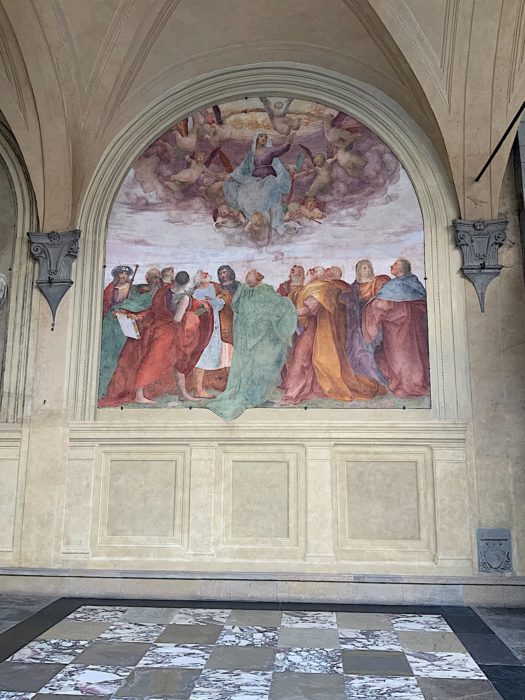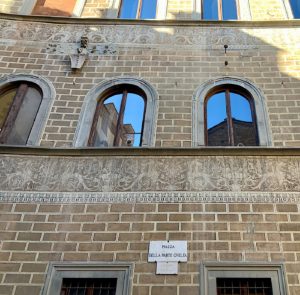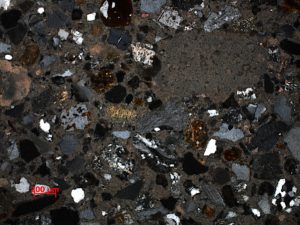
Name
Plaster
Classification
Plaster, Render
Plasters represent one of the most common types of mortar, having the function of protection and surface finishing of the masonry. The various types of plaster differ in the composition, number of layers, workmanship, performance and presence or absence of coating. The use of plasters in the history is mainly linked to the function of supporting wall paintings. The oldest plaster was found in Catal Huyuk in Asia Minor, dating back to 9000 B.C. Successively, the Egyptians and then the Etruscans used it in the murals, the Greeks for the coating of surfaces; finally, tthe Romans used it as a covering and in the fresco techniques. The plasters were widely used in Firenze for surface finishing of buildings (see Basilica della Santissima Annunziata, Basilica di Santo Spirito, and Chiesa di Orsanmichele) during the Renaissance. In that period there were numerous works, by Brunelleschi in particular, in which the Pietra Serena Sandstone and the Plaster were used in alternate layers to create a two-color effect (white and gray) having a visual impact never seen before. In that period the Plaster was also used in fresco and dry wall paintings and in graffiti plaster. The use of Plaster continued in the following centuries with examples in the XVII-XVIII century, in the Baroque period, etc.
The mineralogical composition of the Plasters varies according to the type of binder used, therefore they are distinguished: traditional Plasters based on air hardening lime, gypsum plaster, plasters with hydraulic lime and from the XX century, cement plasters. The composition will also depend on the type of aggregate that will vary according to the supply areas (silicatic, carbonatic, chalky, etc.).
Macroscopic description
Depending on the type of plaster, use and manufacturing techniques, the macroscopic appearance varies.
Microscopic description
Depending on the type of plaster, use and manufacturing techniques, also the microscopic appearance varies. Microscopically the plasters are constituted by binder and aggregate of different composition, consisting of fragments of minerals and rocks and/or artificial material, as well as fissures, porosity, and lumps. Depending on the stratigraphy of plaster, the amount and particle size of the aggregate will change, decreasing towards the most superficial layers.

